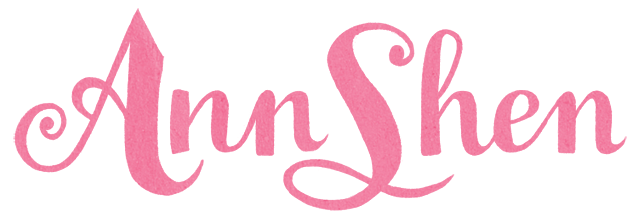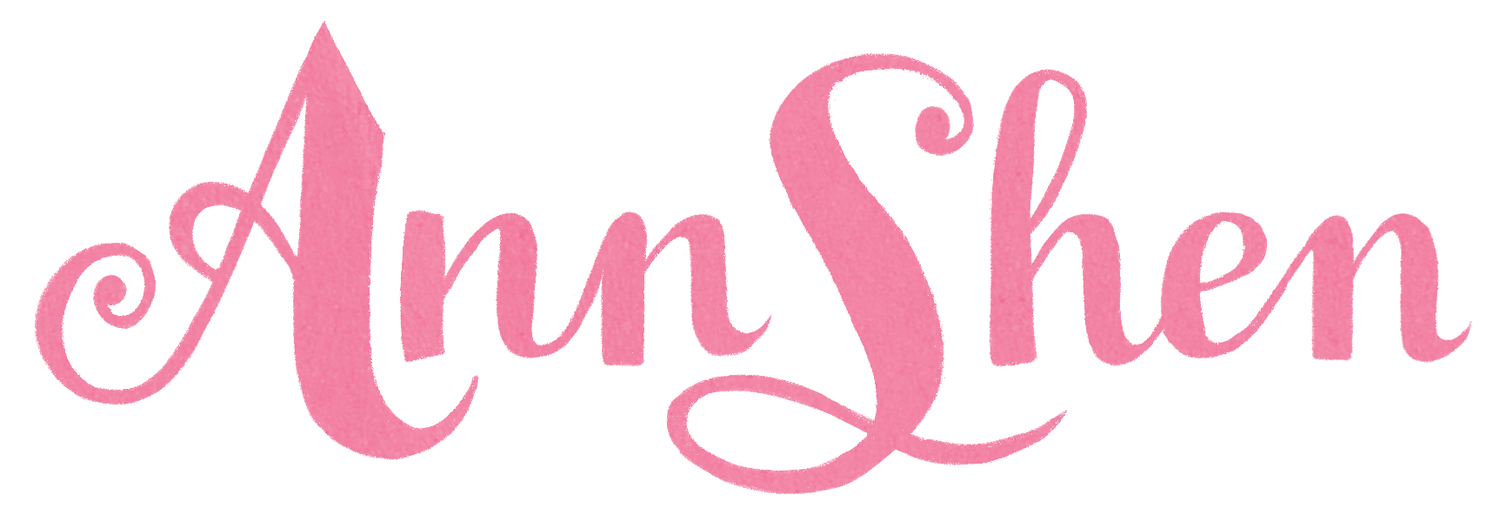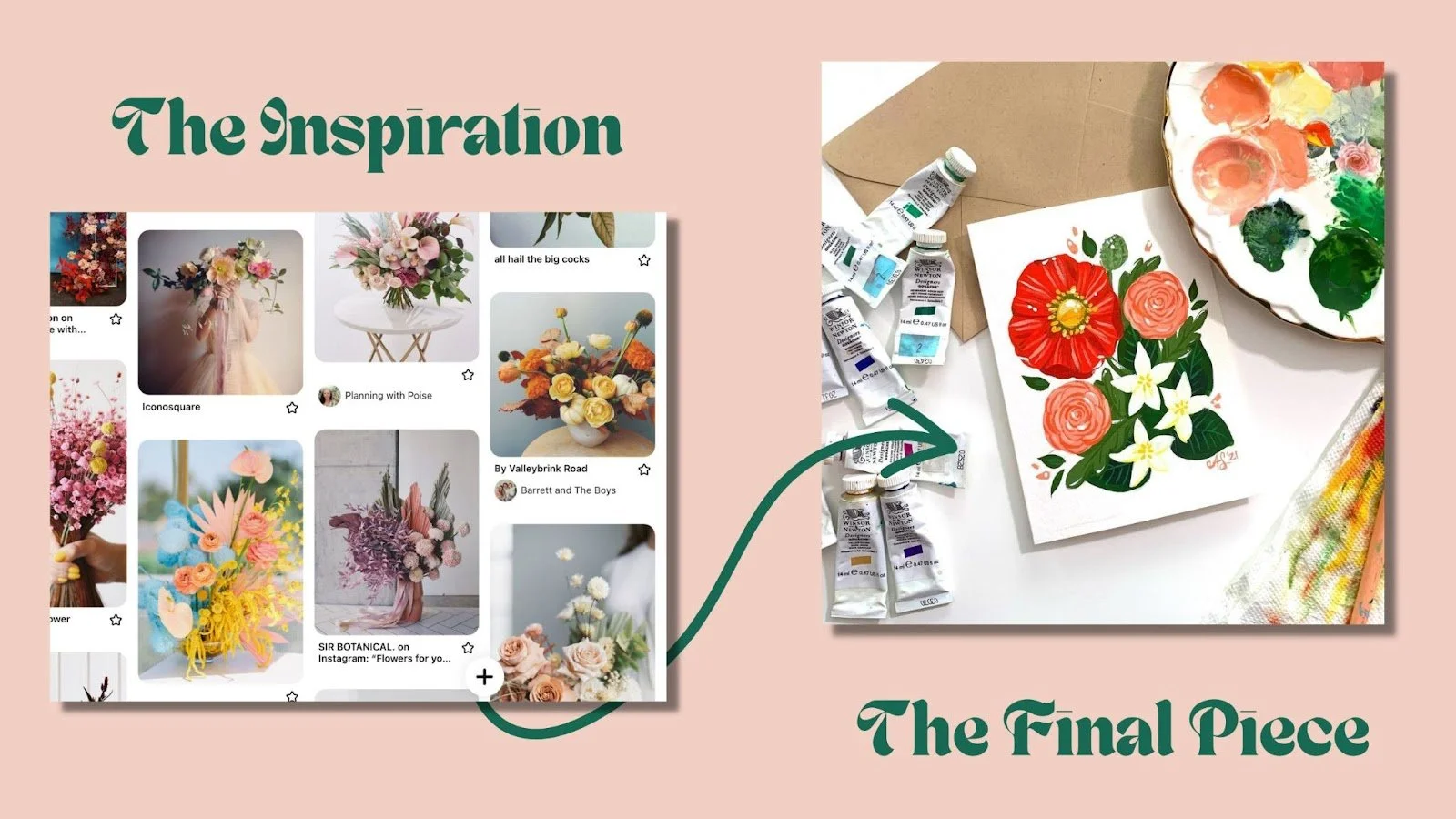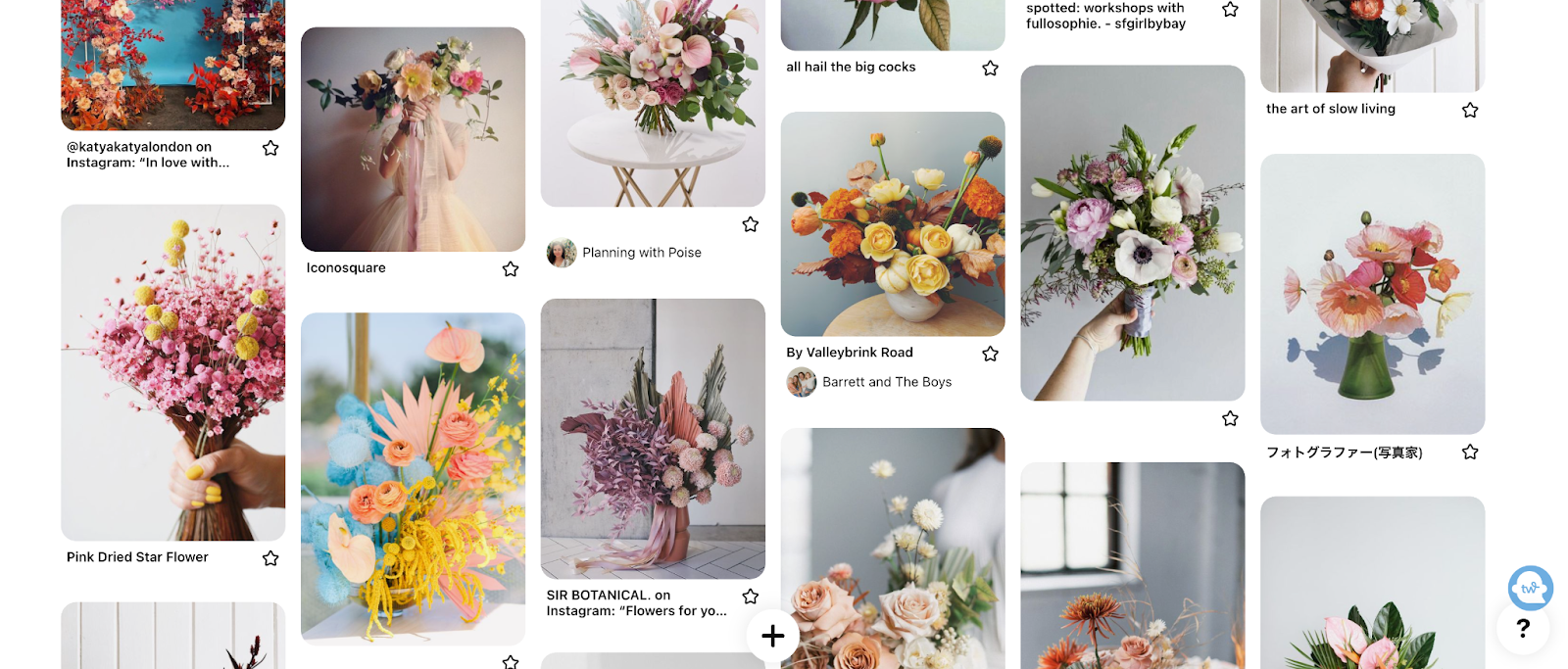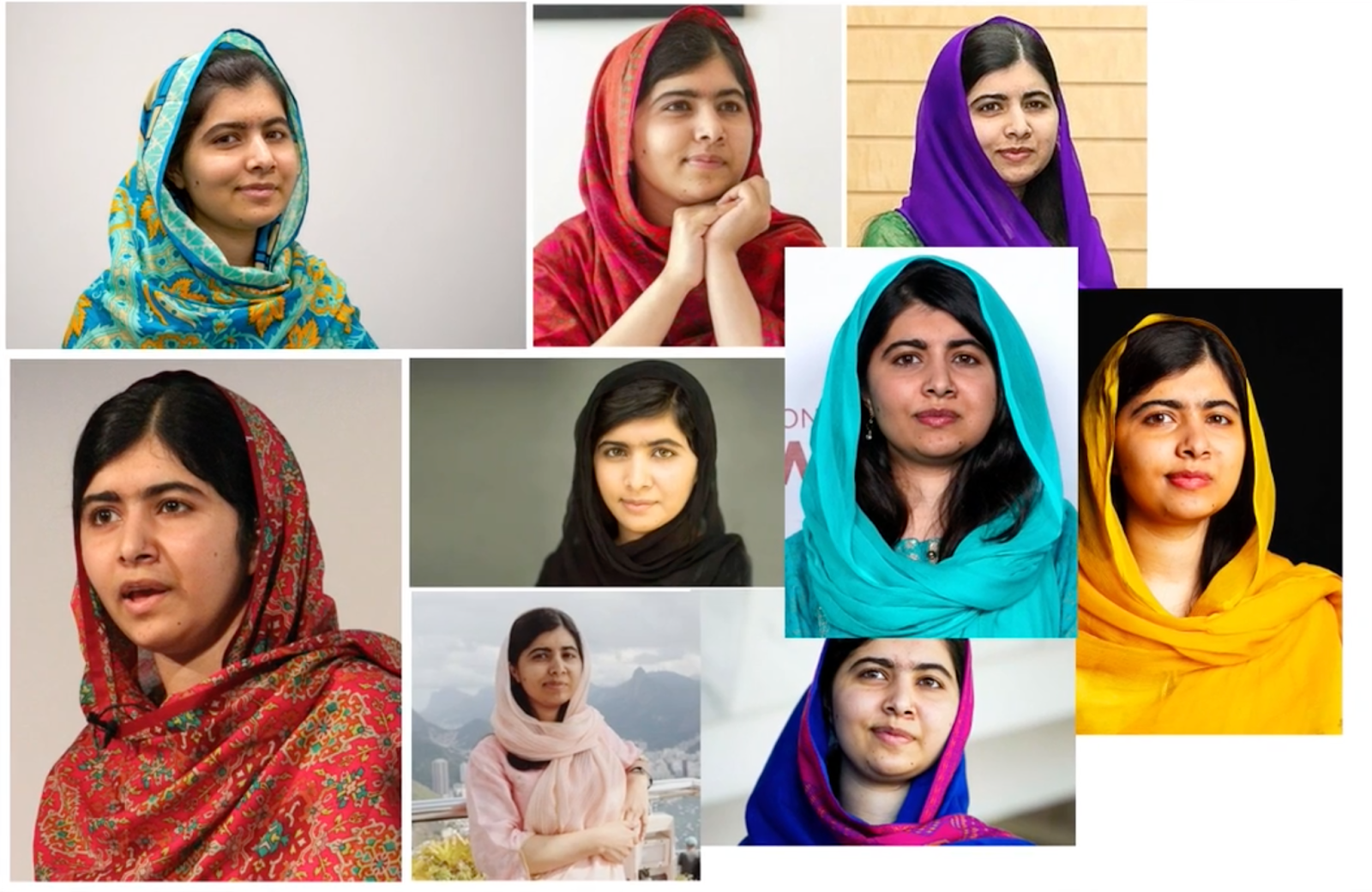How to Use Reference Images Without Copying Them Directly
My first step to starting any illustration is gathering inspiration and reference images. But reference photos for artists can get a little tricky sometimes - especially for beginners. It’s tempting to find an image you like on Pinterest and copy it directly to create your initial sketch. But the problem with that is that photography is an art form in itself, so recreating someone else’s image is actually infringing on someone’s copyright – and isn’t the best way to go about creating original artwork.
But you may be wondering how you can use reference images without recreating them exactly. In this blog post, I’ll share my top tips for how to use reference images to inspire and guide your artwork, without copying the image you’re referencing.
Quick disclaimer: This is not legal advice and I’m not a lawyer. I’m simply sharing my experiences as an artist!
Use photos as a reference - not other artwork
My number one rule when gathering reference images is to use photos, not other artwork. Using another artist’s work as inspiration can lead to copying even when you don’t intend to. You’ll come up with a more unique concept by building a mood board of photo inspiration.
Cast a wide net of inspiration
When I’m putting together a mood board for a project, I use my favorite tool, Pinterest! Pinterest is full of creative inspiration across all disciplines, so you’ll be able to easily find images that speak to you no matter what kind of project you’re working on.
When I’m pinning images to my mood board, I look for photos that not only represent the exact subject I want to paint, but also the feeling I want to evoke, the colors I want to use, and the story I want to tell with my art. Keep an open mind here. For example, I was creating a mood board for a floral piece, but also pinned images that caught my eye because of their color story. Be open to finding inspiration in all types of imagery. You never know what might give you that creative spark!
You’ll also notice that you naturally start to gravitate towards certain colors and subjects as you’re gathering inspiration. This can help inform what you paint. (More on that in the next section!)
Let your inspiration help determine your subject
If you know the general idea of what you want to paint, but don’t have a specific subject in mind yet, let your inspiration guide you. For example, I wanted to paint a floral composition and started gathering inspiration in a floral mood board. I noticed that I was gravitating towards images with Icelandic Poppies and Ranunculus, so those were the main flowers I chose for my composition!
Gather multiple images of your subject
Once you have your subject nailed down, you want to gather multiple images of the same subject from different angles, sizes, and styles. This will help ensure that you have a well-rounded understanding of what you’re going to paint.
Here are some examples of reference images I gathered for a specific subject in a floral composition and for a portrait.
Floral Inspiration:
Portrait Inspiration:
Create sketch studies
Now that you have a variety of photos of your subject, the next step is to do some sketch studies. This is the part where you have free reign to sketch directly from the photos you’ve pulled. These studies are just for practice. The purpose is to help you loosen up while learning your subject. You don’t want to use any of these in your final piece because the copyright of the exact image belongs to the photographer.
Use what you learn about the subject through your sketch studies to create a unique sketch that pulls inspiration from all of your photos without directly copying them.
For example, in this portrait of Malala Yousafzai, I did various sketch studies to learn the details of her facial features, the way she wears her hijab, how she carries herself, and what colors she tends to wear.
From there, I was able to create a unique sketch and illustration that pulled together the traits I discovered in my studies.
Take your own photos
If you’re struggling to create illustrations that feel completely unique to you, a great way to get around this is to take your own reference photos! Want to paint flowers but don’t want to copy the floral artistry or photography of another artist on Pinterest? Head out to your garden or on a walk and snap your own reference photo! Then you can create an illustration from the image directly since the photo is your own! I gather photo references all the time while I’m out and about in the world. Our camera phones make it easier than ever to snap a photo of something that speaks to me. I never know when I may use it later in my art.
What to do when you’re still learning
As a new artist, it can feel overwhelming to have to come up with unique creative ideas when you’re learning a new art skill.
If you’re practicing or learning a new technique, it can be helpful to copy a reference image or try recreating an existing piece of artwork as an educational exercise. A “master study” is when you copy an artist’s work to learn about their process and style in a hands-on fashion. Similarly, tracing a motif from a reference photo can help you understand proportion and give you a better grasp of the process of drawing that particular thing.
This is perfectly fine when you’re practicing in the privacy of your sketchbook, but definitely not for any artwork you plan to use commercially, on social media, or in your portfolio.
I hope that these tips for using reference images are helpful! If you want a deeper dive into the process for gathering reference imagery and sketching unique illustrations, join me in one of my online art classes!
